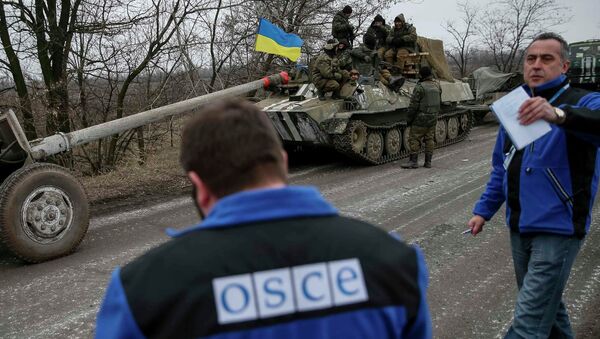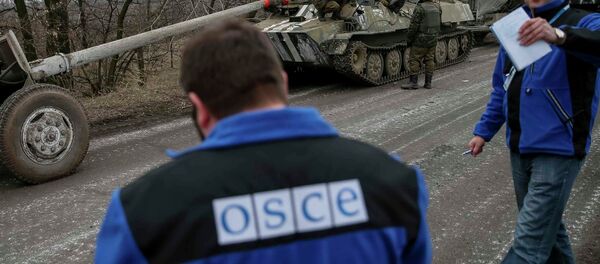According to Hug, along with the sporadic gunfire exchanges between Ukrainian troops and independence supporters, the situation regarding the heavy armaments pullout from the contact line also remains problematic.
Hug said that "after the first Minsk agreement in September 2014, and again, after February 12, 2015, we requested both sides to provide us with basic information: the list of the armaments and their current deployment areas that would’ve allowed us to count them and at a later date ensure that the specified areas were indeed vacated. We also requested the sides to provide us with information about the routes of the pullout and the locations where the armaments will be stored."
"The biggest difference of our mission from other OSCE missions is that we’ve got an ongoing active conflict here," Hug observed. "Previously our organization usually worked in post-conflict situations."
However, Hug also admitted that the intensity of the fighting has indeed decreased, allowing the civilians to start rebuilding the infrastructure damaged during the conflict.
"It is important to use the current opportunity to stop the fighting, to remove the military logic from this conflict and to replace it with a more human logic – to allow people to live together. In order to achieve this, the weapons must fall silent and disappear,| Hug said.



